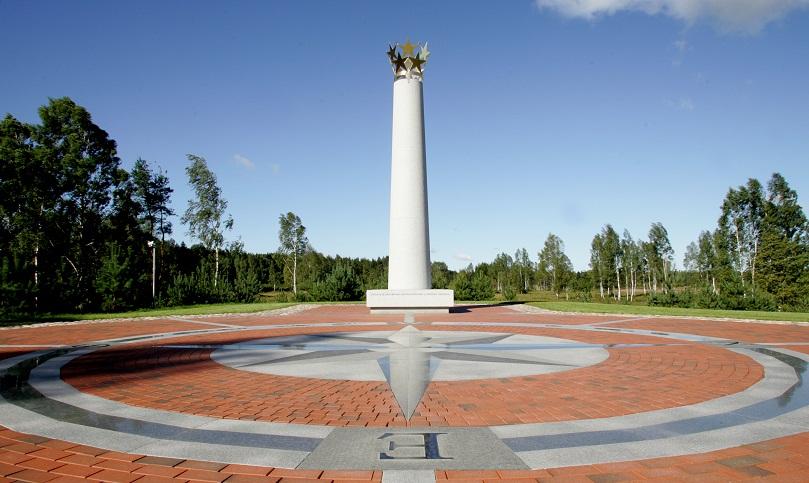The Geographical Center of Europe

308

0

0
0 out of 5
(0 reviews)
The Geographical Center of Europe is not definitively established, which is why several locations claim this title. This discrepancy arises from different methods used to determine the geographical center and the unclear boundary between Europe and Asia
Info
-

Unique places
-
The Geographical Center of Europe is not definitively established, which is why several locations claim this title. This discrepancy arises from different methods used to determine the geographical center and the unclear boundary between Europe and Asia.
In 1989, scientists from the French National Geographic Institute, using the method of gravitational centers, determined the Geographical Center of Europe based on newly established boundary points of the continent. They identified the center as being at 54°54' north latitude and 25°19' east longitude. This point is located in Lithuania, 26 km north of Vilnius, near the village of Purnuškės. The project to mark this geographical center was supported by the State Tourism Department of the Ministry of Economy and other administrative bodies in Lithuania.
On May 24, 1997, a stone marking the Geographical Center of Europe was unveiled
25 km north of Vilnius, between the villages of Purnuškės and Bernotai. In 2004, a monument designed by sculptor Gediminas Jokūbonis was erected at this location. The monument features a white granite column crowned with a star crown. In 1992, the area surrounding the geographical center was designated as a protected area, including Girija Lake, Bernotai Hillfort, a sacred site, the adjacent forest, and other areas. In 2010, the boundaries of this protected area were revised by a resolution of the Government of the Republic of Lithuania, and it was renamed the Girija Landscape Reserve, now primarily including the Girija Forest, with the rest open for recreational and other activities.
In 2004, scientists from the French National Geographic Institute revised the coordinates of the Geographical Center of Europe, locating it near the village of Pašiliai, north of Vilnius.
Found a mistake?
Report

 Entertainment
Entertainment
 Food establishments
Food establishments





























 54.906588, 25.319082
54.906588, 25.319082
 Get directions
Get directions









